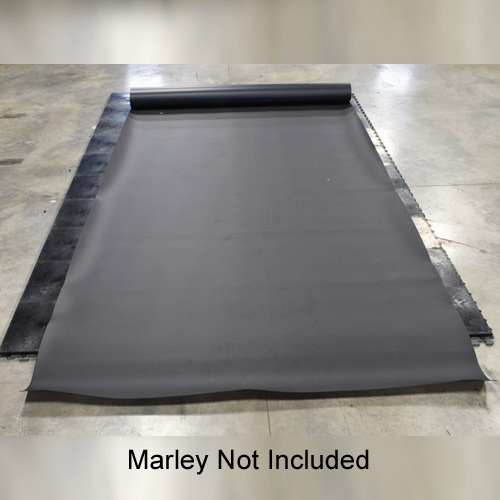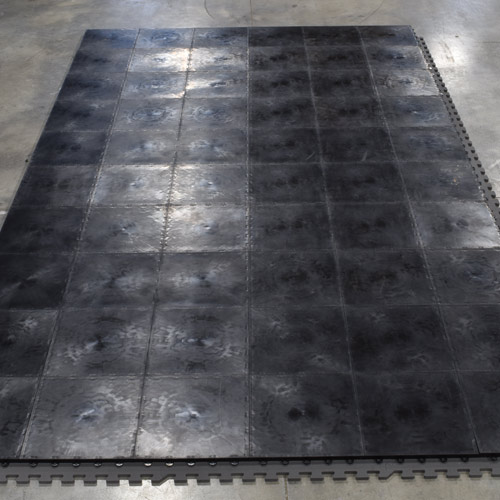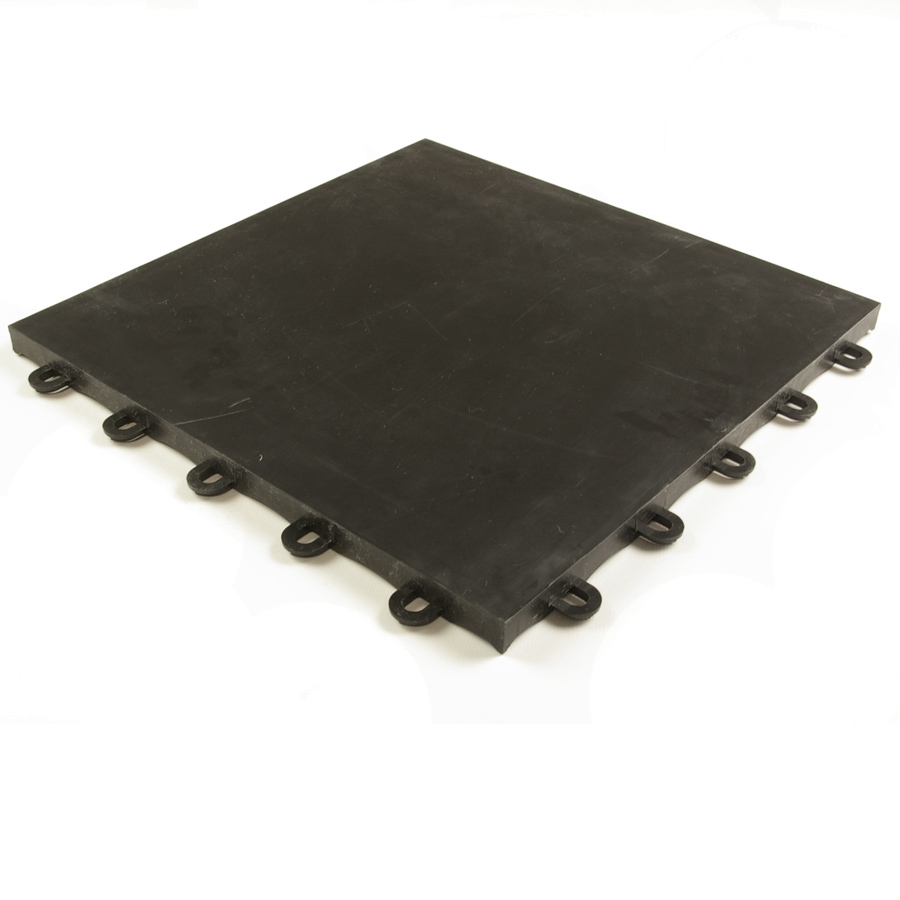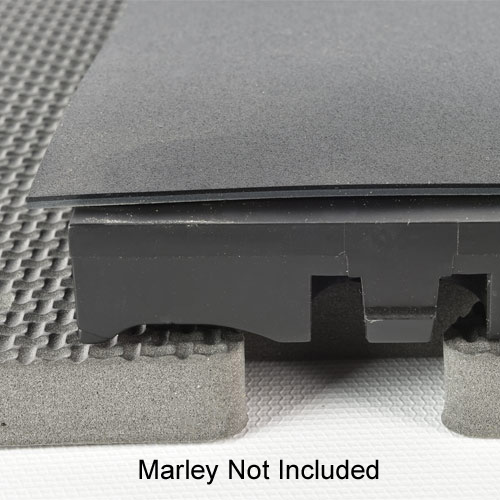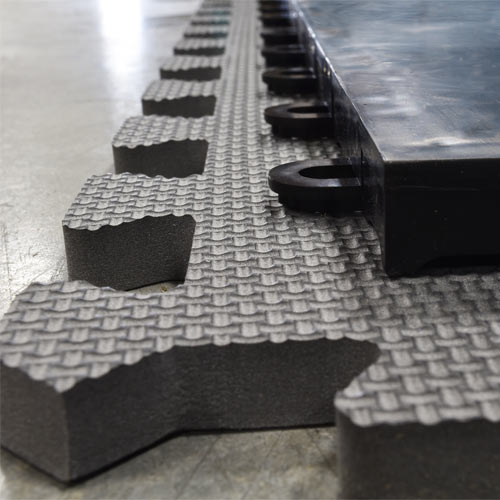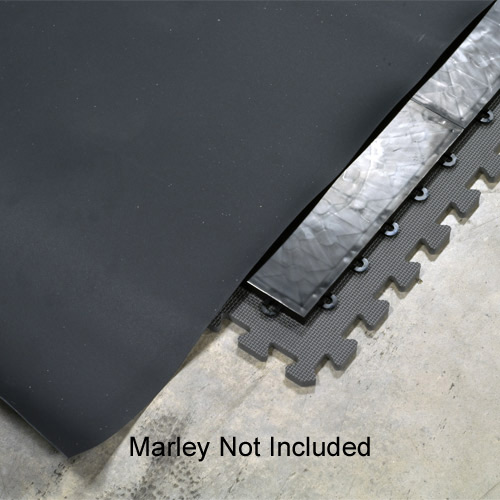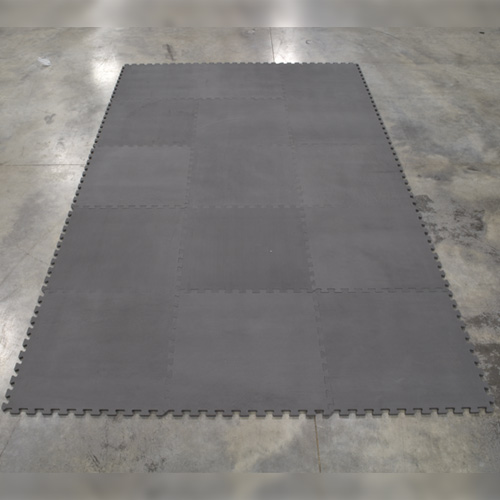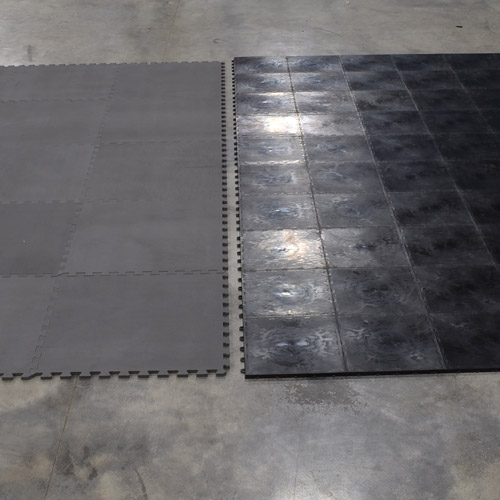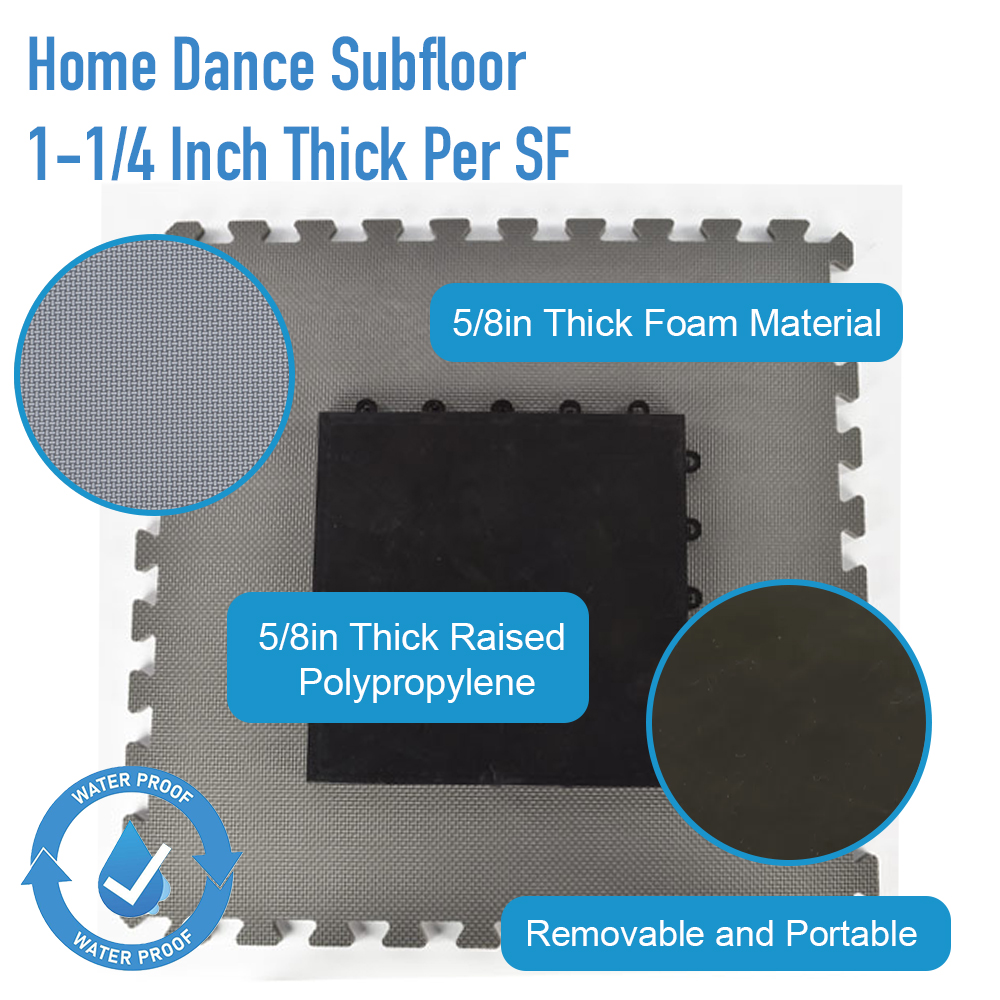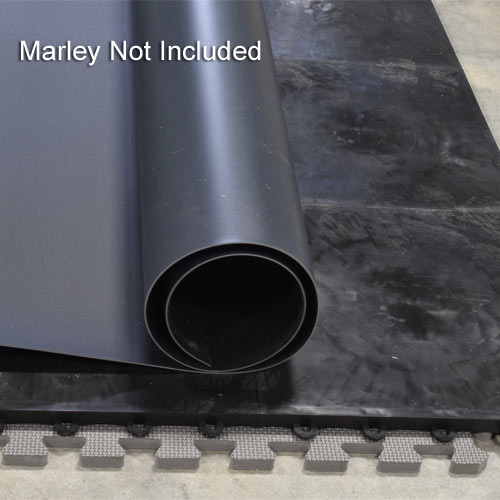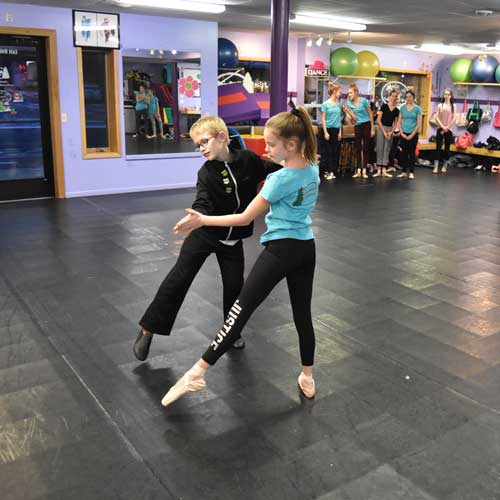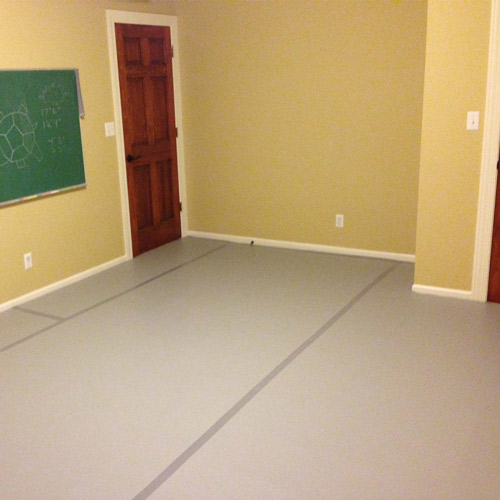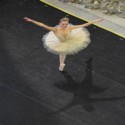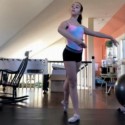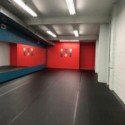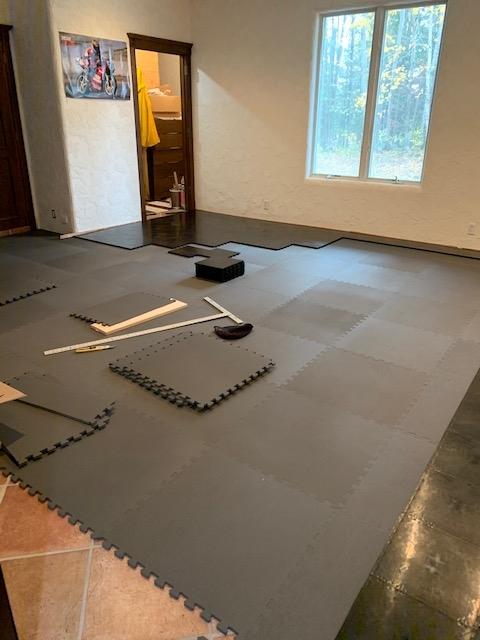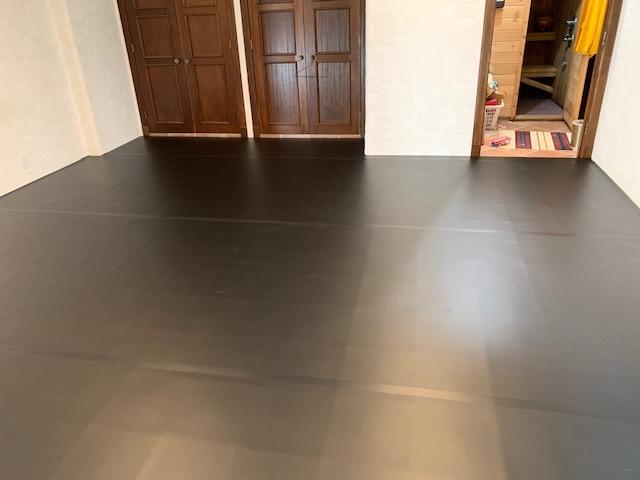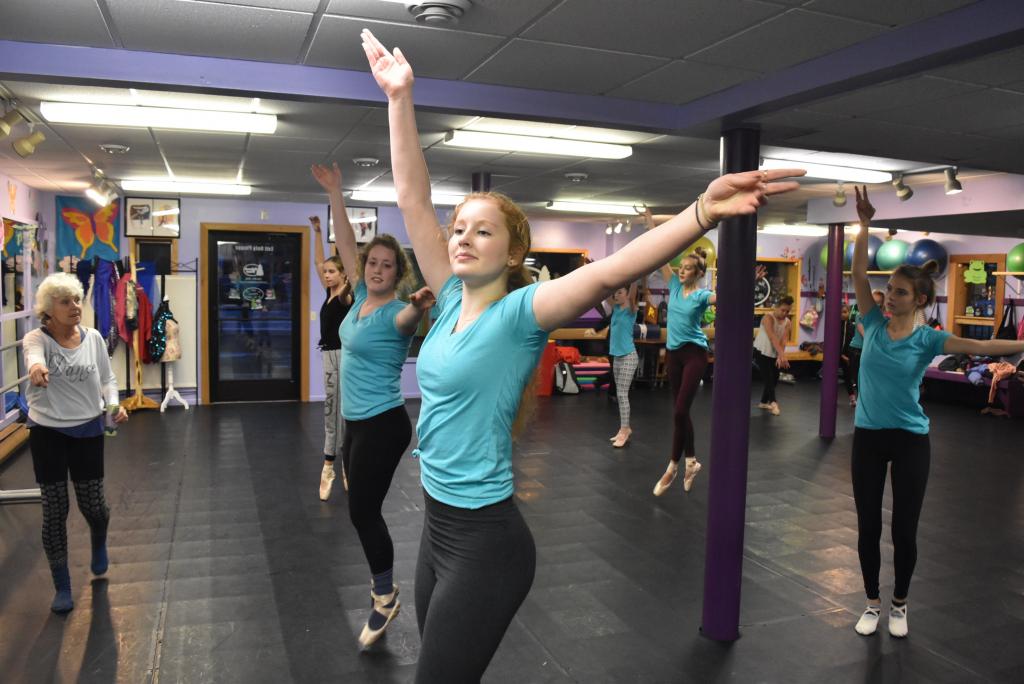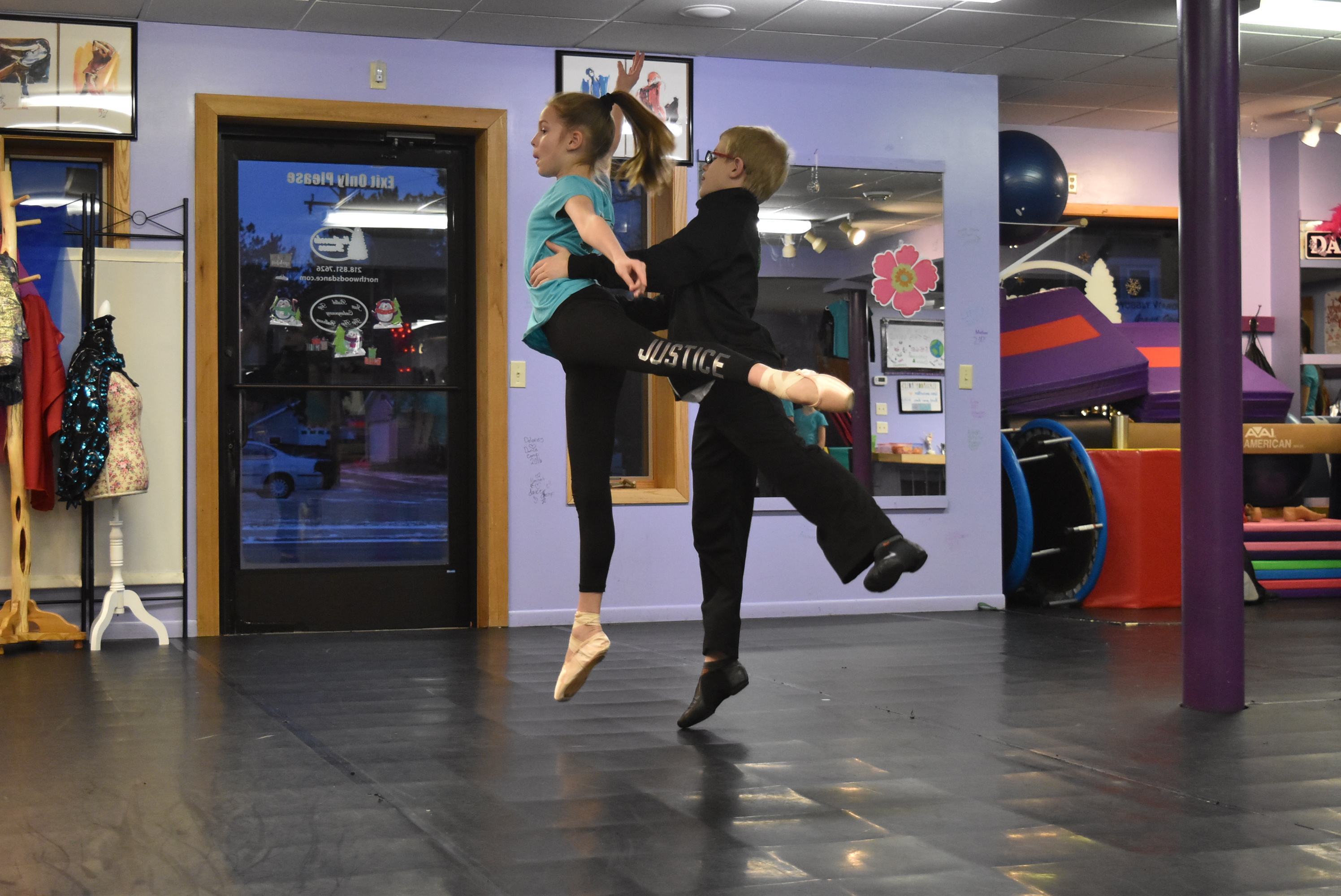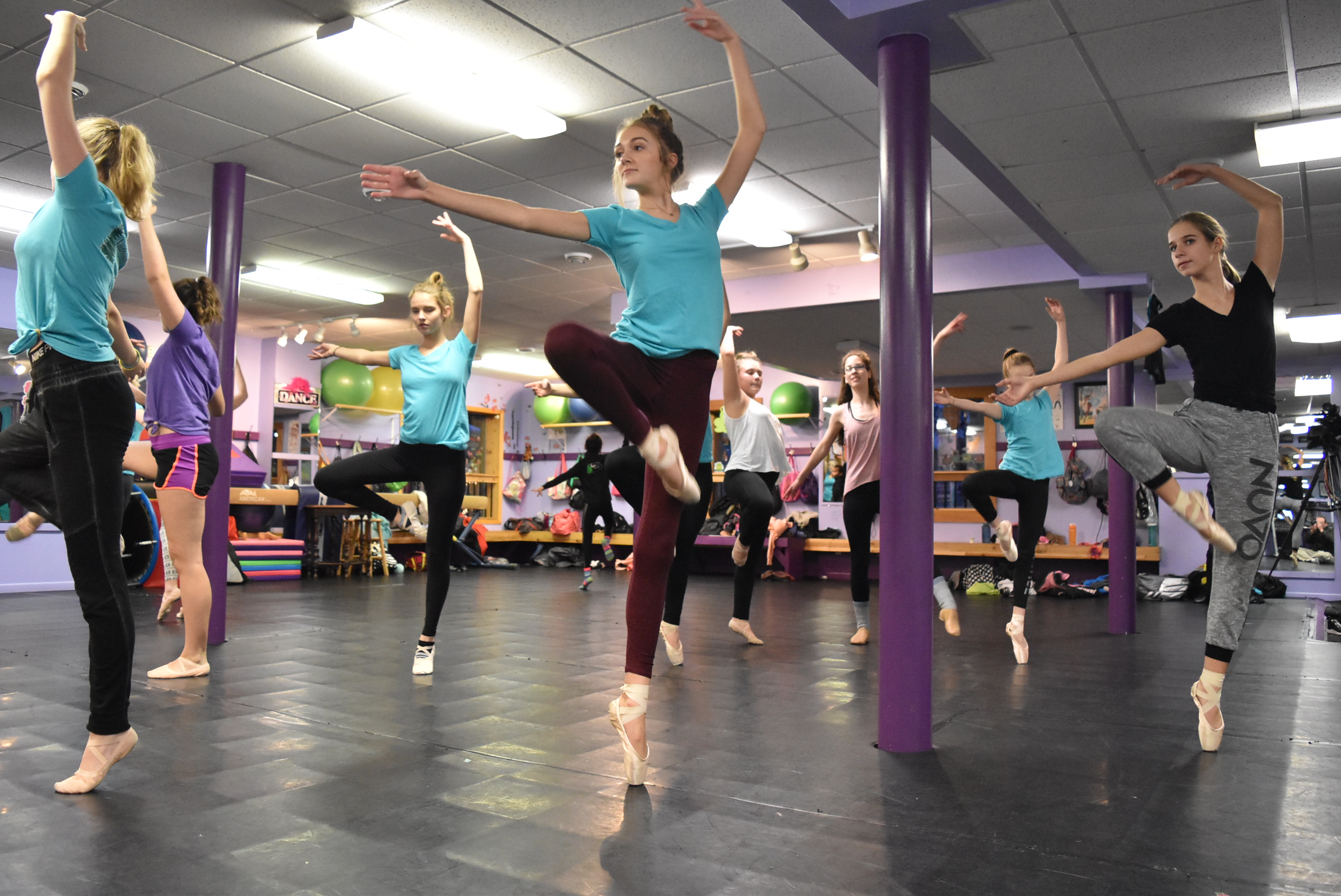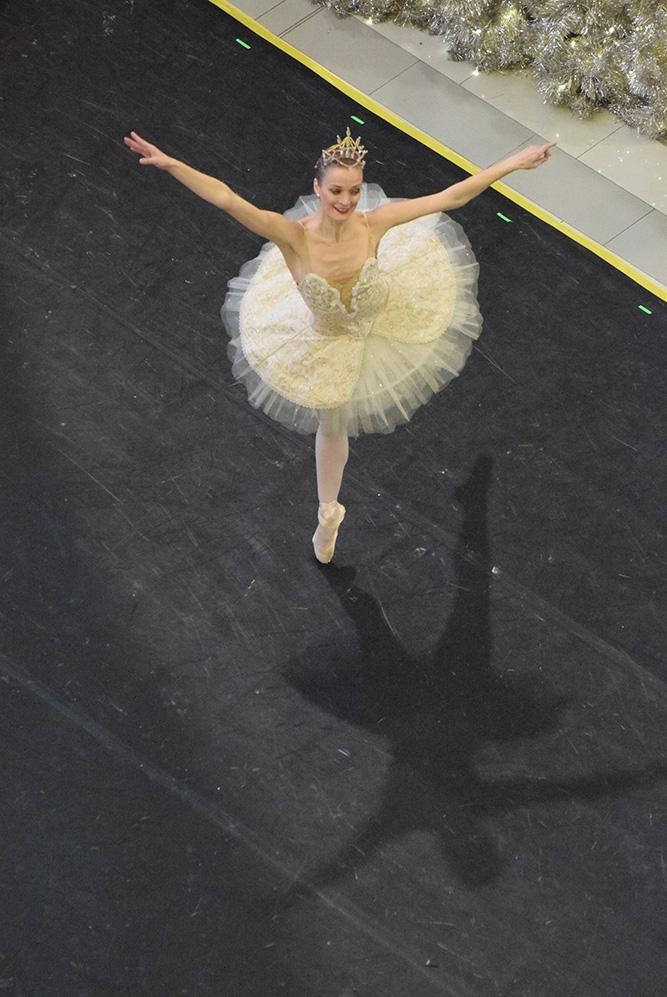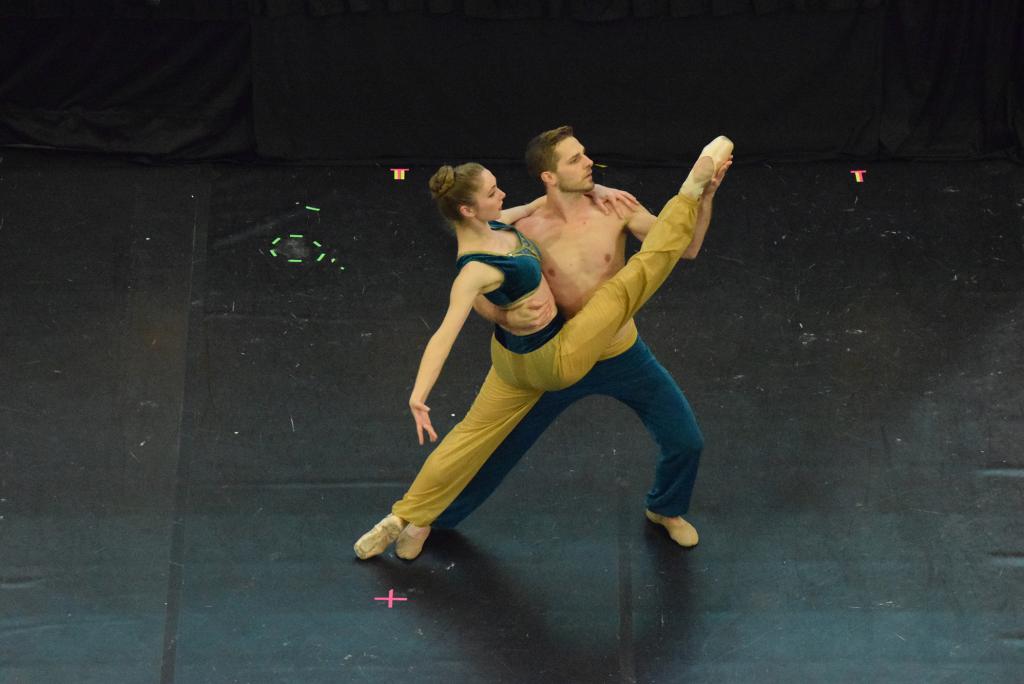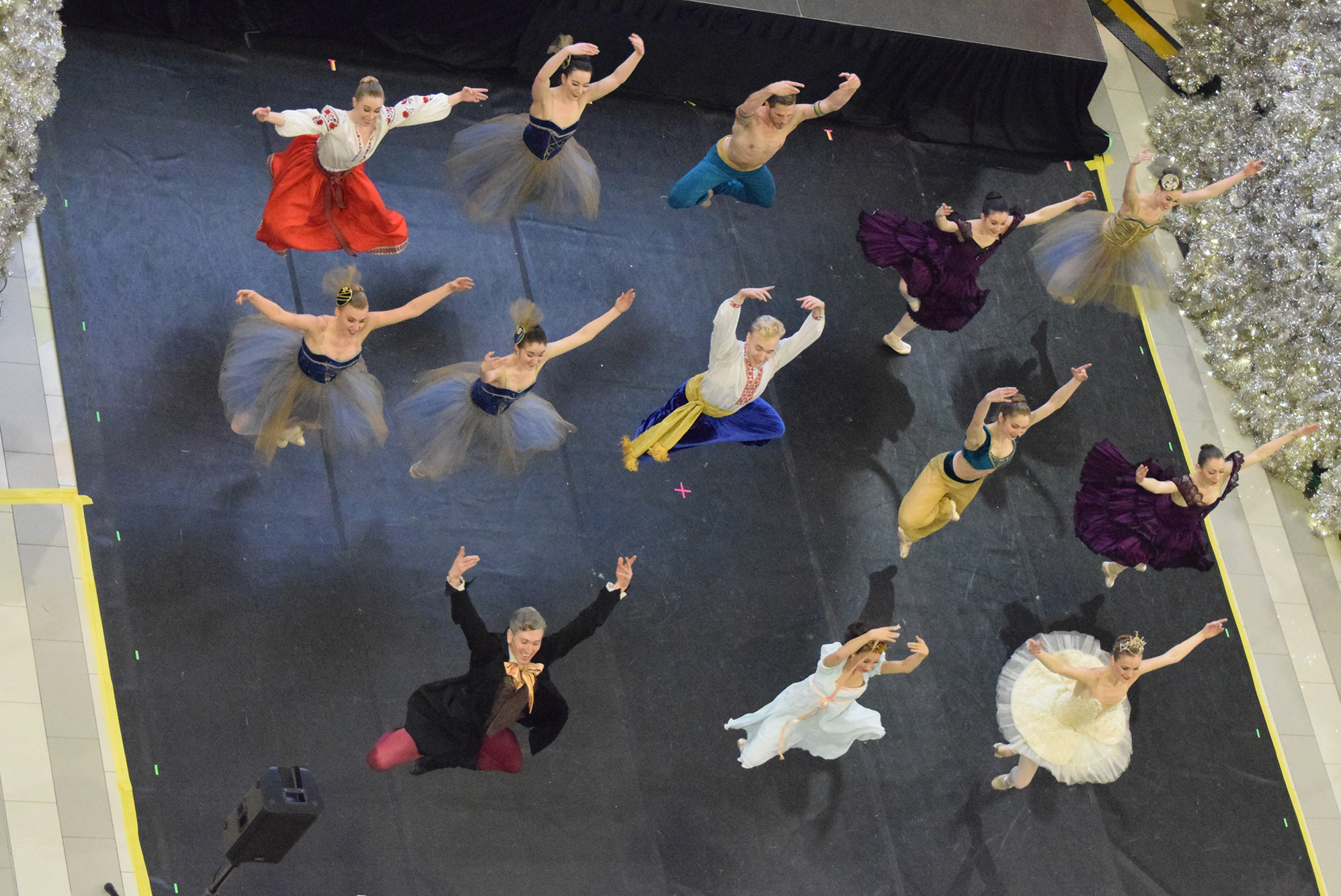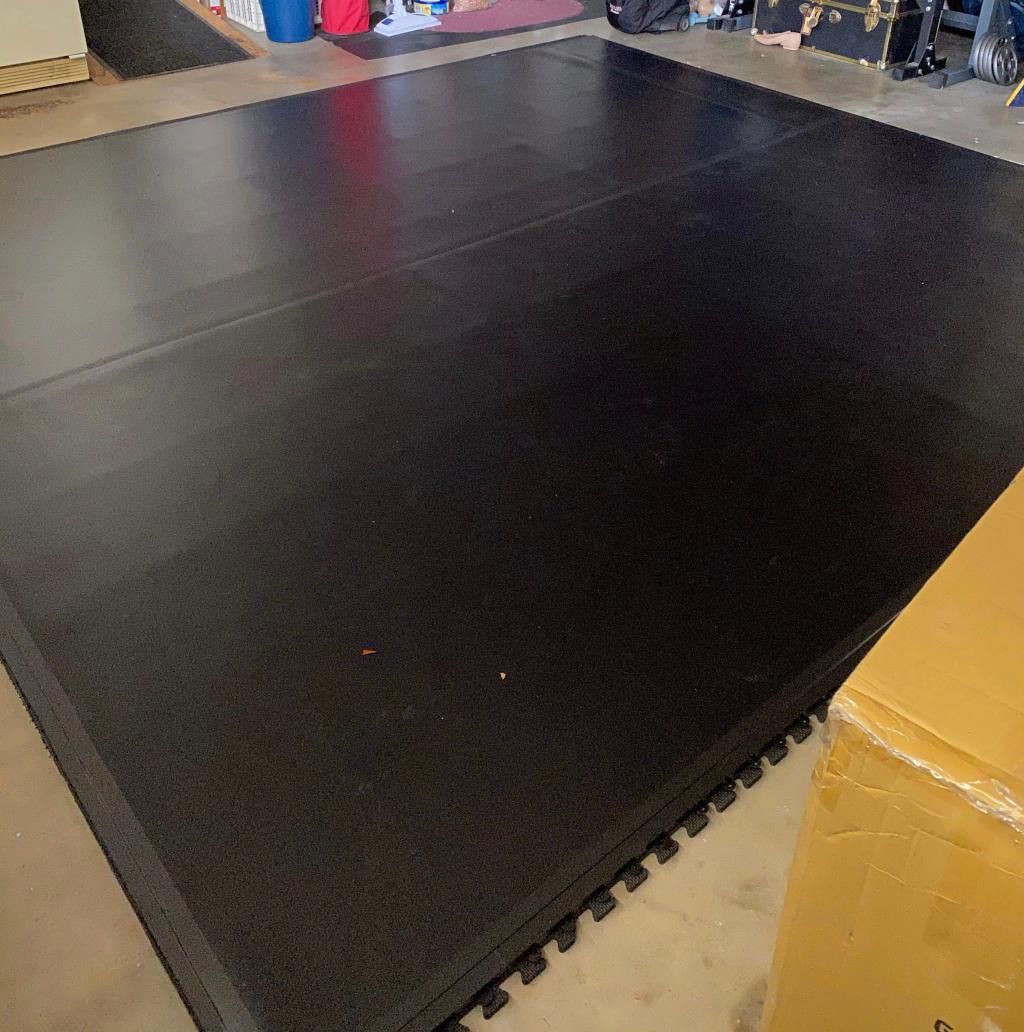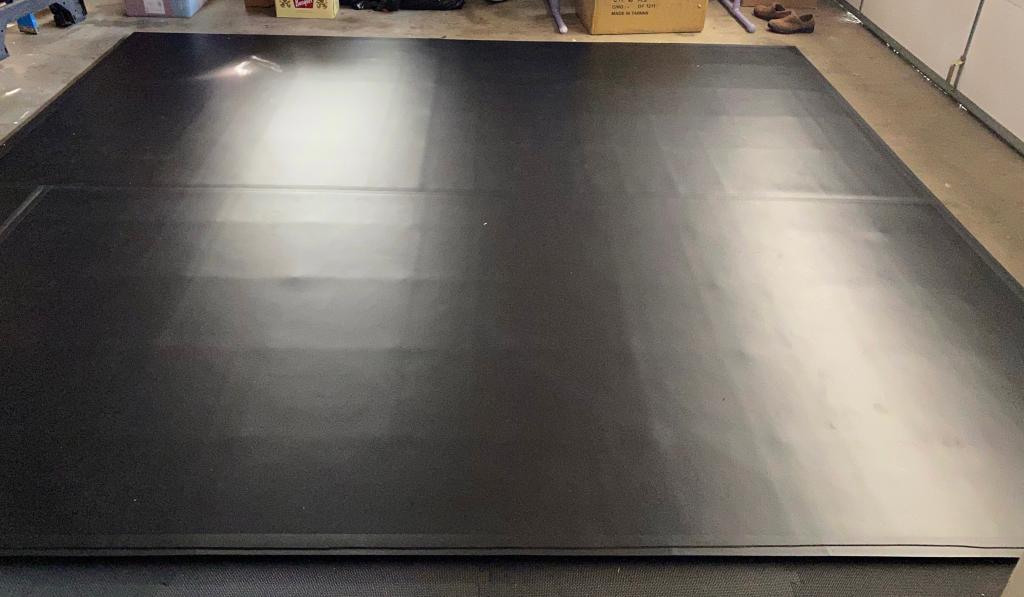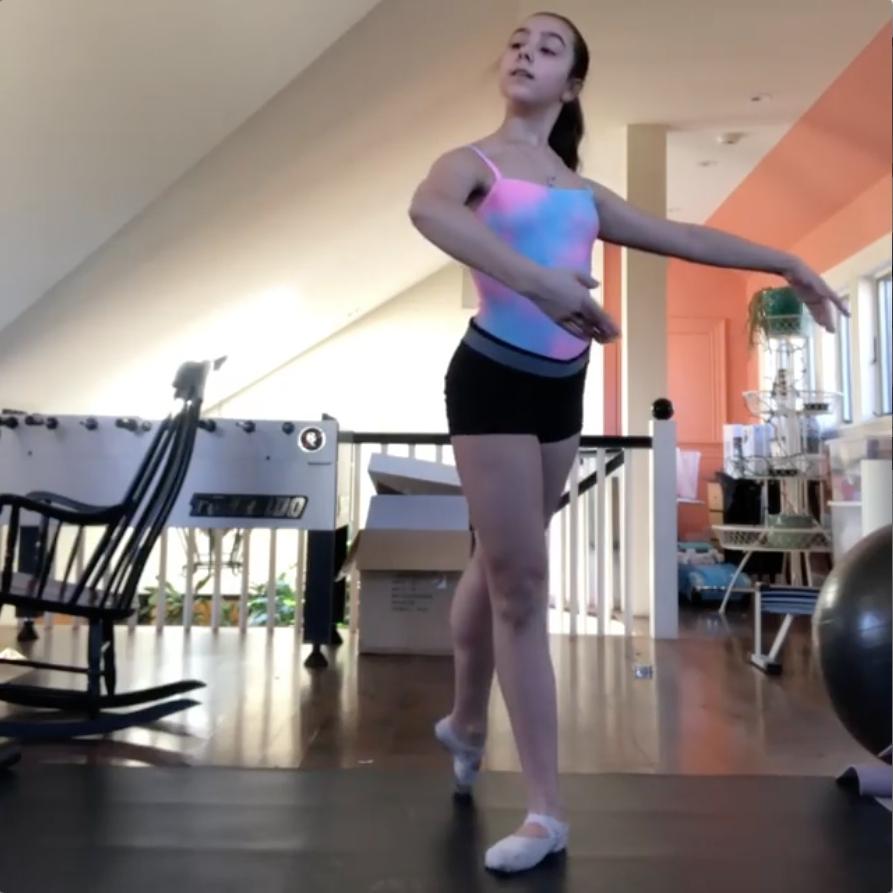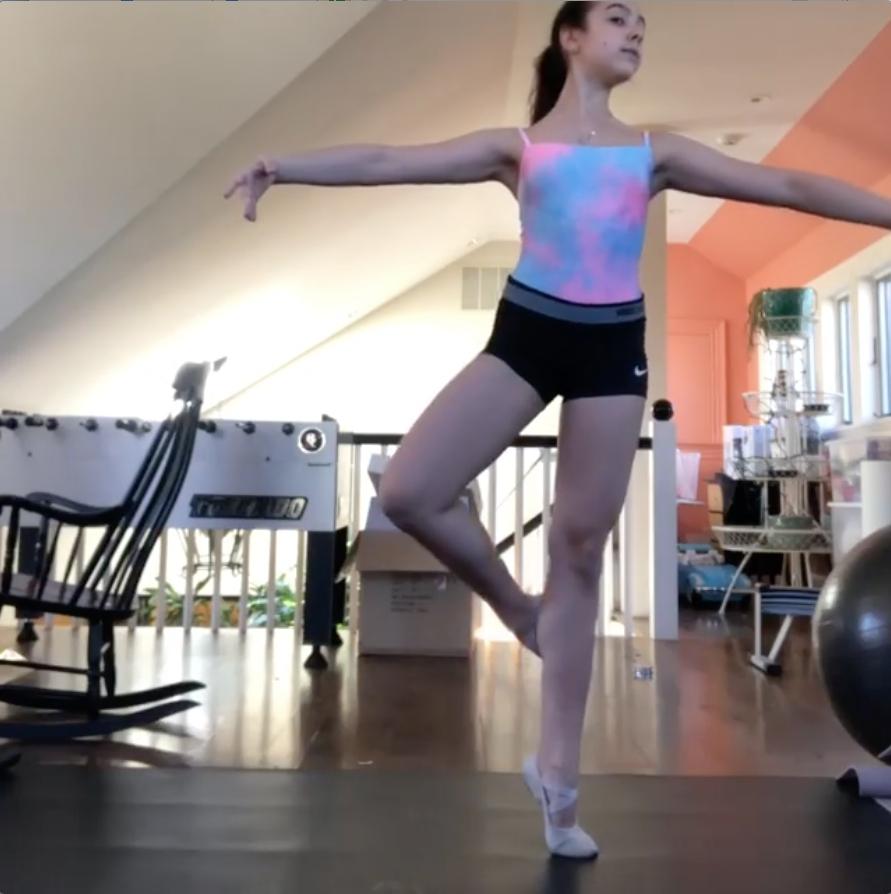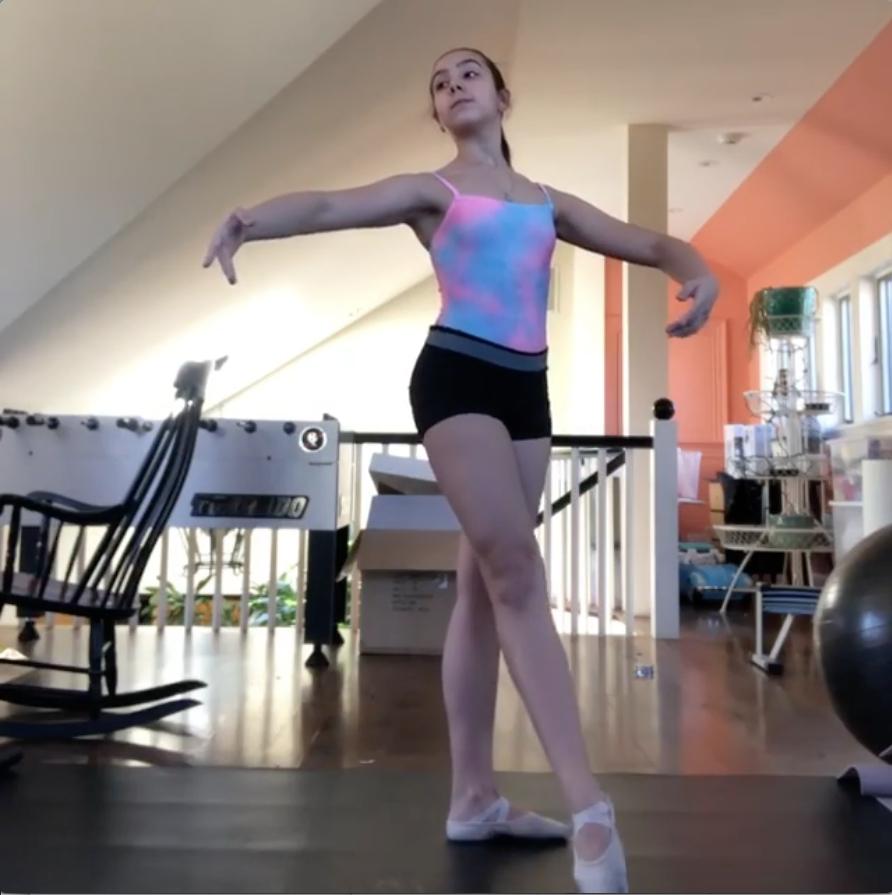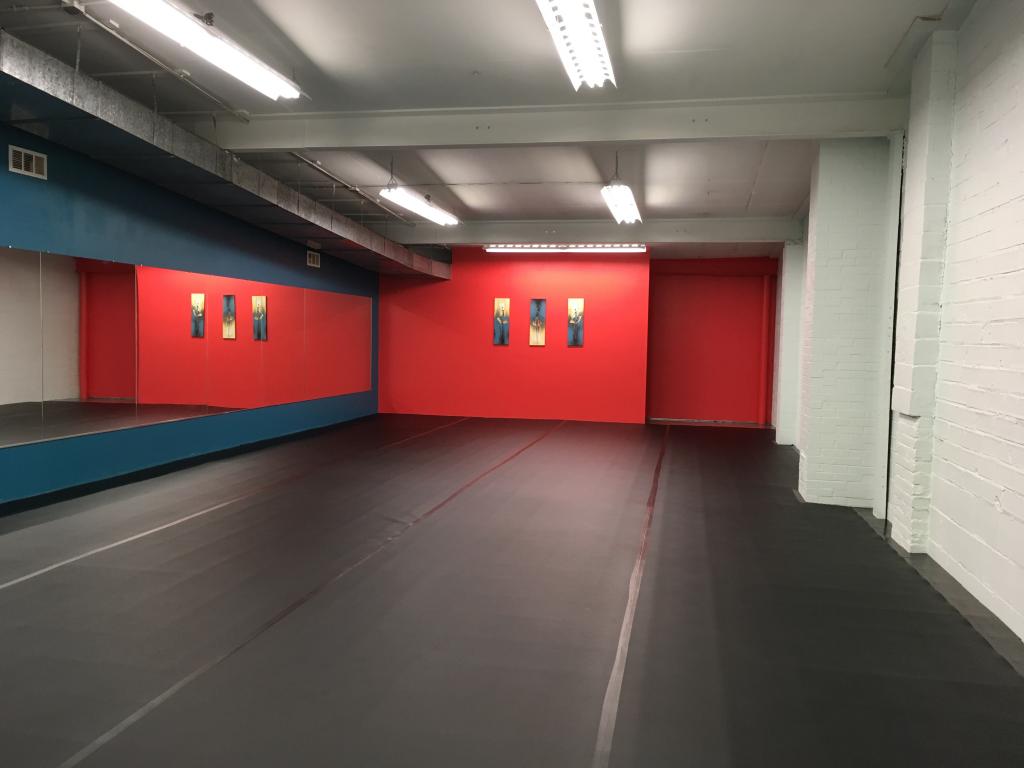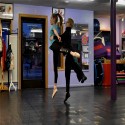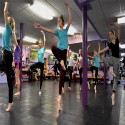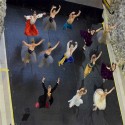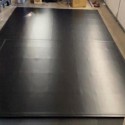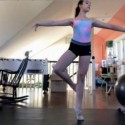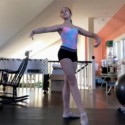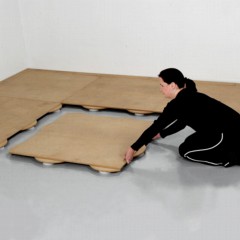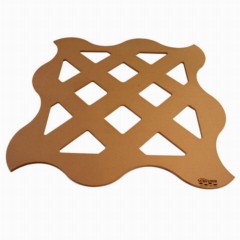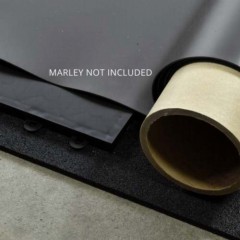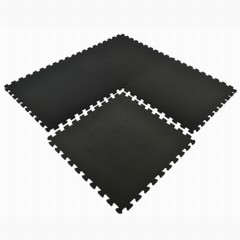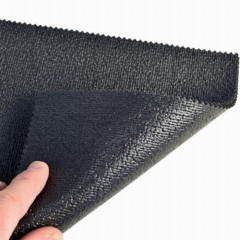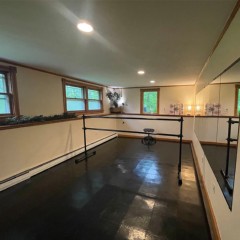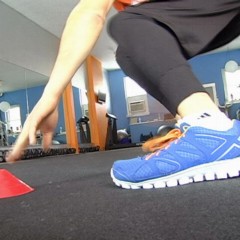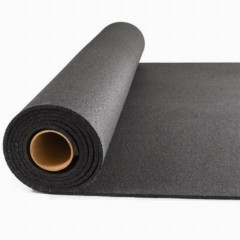Home Dance Subfloor 1-1/4 Inch Thick Per SF
- Invest in an affordable home dance studio subfloor
- Easily remove and transport this subfloor
- Enjoy a modular and foam tile 2-part system
- See More Details
- Invest in an affordable home dance studio subfloor
- Easily remove and transport this subfloor
- Enjoy a modular and foam tile 2-part system
- Use this subfloor for all types of dance
- Provide excellent cushion and support for dancers
- Install marley for a finished top surface
- Install without any adhesive required
- Purchase the marley floor of your choice separately
Home Dance Studio Subflooring
Enjoy a Quality and Affordable Home Dance Subfloor
Home Dance Subfloor 1-1/4 Inch Thick Per SF provides an affordable and high-quality home dance subfloor system that creates a professional look while prioritizing dancer safety.
Soft foam mats are topped with plastic athletic tiles as a second layer. You’ll have a cushioned floor for dancers, but the plastic surface provides a firm foundation for a marley dance floor as an optional third layer.
This alternative to a sprung dance floor creates the cushion dancers need for safety, while still providing plenty of support.
Invest in a Durable Home Dance Subfloor
This dance floor underlayment package is highly durable and ideal for your home dance studio. The foam tiles will last for years under light use, while the non-slip surface will keep your second subfloor layer from shifting underneath the marley. (This optional marley is sold separately).
The second layer of the system is a durable layer of ⅝-inch-thick raised polypropylene tiles. These tiles fit together tightly and won’t separate at the seams.
Easily Install and Transport This Subfloor
Both layers of this system are free-floating, so you can easily install, un-install, and move them as needed. You don’t need any adhesives or special tools to assemble this flooring.
The plastic tiles are small and lightweight, making them easily portable. The foam tiles measure 2x2 feet, but are also easy to move and store.
The whole system is DIY friendly. The tiles can be easily cut to fit your space, and all the layers are easy to install, disassemble, and reinstall.
Shipping
Ships via ground service or freight delivery for larger orders.
Please review our shipping disclaimer.
| SKU# | CEDSS |
| In Stock | Yes |
| Product Type | Tile |
| Material Type | Polypropylene Plastic |
| Product Edging | Interlocking |
| Thickness | 1-1/4 inch |
| Width | 1.00 feet |
| Length | 1.00 feet |
| SF per Item | 1.00 |
| Weight | 1.17 lbs |
| Packaging | Cartons |
| Non Absorbent | Yes |
| Special Adhesives | No |
| Interlock Loss | 0.00 feet |
| Interlocking Connections | Yes |
| Made In | Taiwan |
| Surface Finish | Smooth flat |
| Surface Design | Solid color |
| Installation Method | Interlocking, dry lay |
| UV Treated | No |
| Reversible | No |
| Border Strips Included | No |
| Indoor or Outdoor | Indoor |
| Manufacturer Warranty | 1 year limited |
Product Questions:
Q: How does this floor sound with the marley on top for a hard tapper? Will it hold up?
Q: I received the Adagio vinyl flooring for my top layer and the vinyl tape. I understand how to tape the pieces together, but I am unsure of what to tape it to on the sides. So do I tape the vinyl to the court flooring or the cement?
Q: Will the plastic tiles remain in place once they are put on top? The concern is, if the Marley is being taped to the tiles, what is to stop it from moving around, especially if this is not installed wall-to-wall?
Q: Would this be good under laminate?
Q: Does this price include both layers? Can these layers be bought separately?
Q: We are looking for a dance floor to install in our upstairs bonus room. We want something safe for her since she will be spending many hours on the floor dancing, and we also want something that will help keep the noise of her dancing from being so loud in the room below the dance area.
Q: We are building a garage this fall, and we'd like it to be multi-purpose for vehicles, ballet, and tap dancing. Would this be durable enough to park a vehicle on it? Or is there any other floor you'd suggest?
Q: Can this be used on a basement cement floor with radiant heat (heat in the floor)? Or if not, how quick is it to take apart a 10 x 10 area if we pack it up after my daughter rehearses?
Q: If I top this with Marley, will this be appropriate for tap and pointe?
Q: Can this subfloor be used for basic dancing without a top layer such as a Marley?
Q: Can I place oak hardwood on top of this? Will it work well?
Q: I'm not clear on how portable the system is. Does the Adagio Marley need to be taped to the subfloor tiles? Or can it just be placed on top? Is it easy to take the tiles apart and put them back together? Thank you.
Customer Rating:
03/03/2020
Thank you so much for all of your expertise and walk through info it was very much appreciated
Glen
Hibbing, MN
Customer Rating:
01/18/2018
We did all our homework, and Greatmats was a super good fit for us. It was easy to handle. It was easy to install. It does well for all forms of dance that we do and is very, very durable. We're quite happy.
We have had absolutely no injuries to hamstrings, no shin splints - anything that would be caused by too hard of a floor. In our applications, it is equally as good as any wood sprung floor.''
We have had really good success with tap on this floor - good sound all the way around. It's very comfortable for them. I have beginners to advanced on pointe on this floor, and it's fine.
We just love the service, and we've had good success.
Roseanne
Pequot Lakes, MN
Customer Rating:
01/18/2018
It was very easy to transport and install using simple carts on wheels, lightweight enough for anyone to help with the installation. I was very impressed with how little time it took to install the floor.
Jumping felt great right away. This system definitely felt MUCH better on the joints when compared to the other floors we have performed on. Our bodies were not as sore from the shock of landings the next day.
Zoe
St. Paul, MN
Customer Rating:
01/11/2021
I just wanted to reach out and tell you how much we appreciate your guidance through ordering, shipping and set-up. My dancer's floor is all set up and she is working on it daily! I feel so much better that her risk to injury (from dancing a concrete) has been reduced.
Genevieve
West Hills, CA
